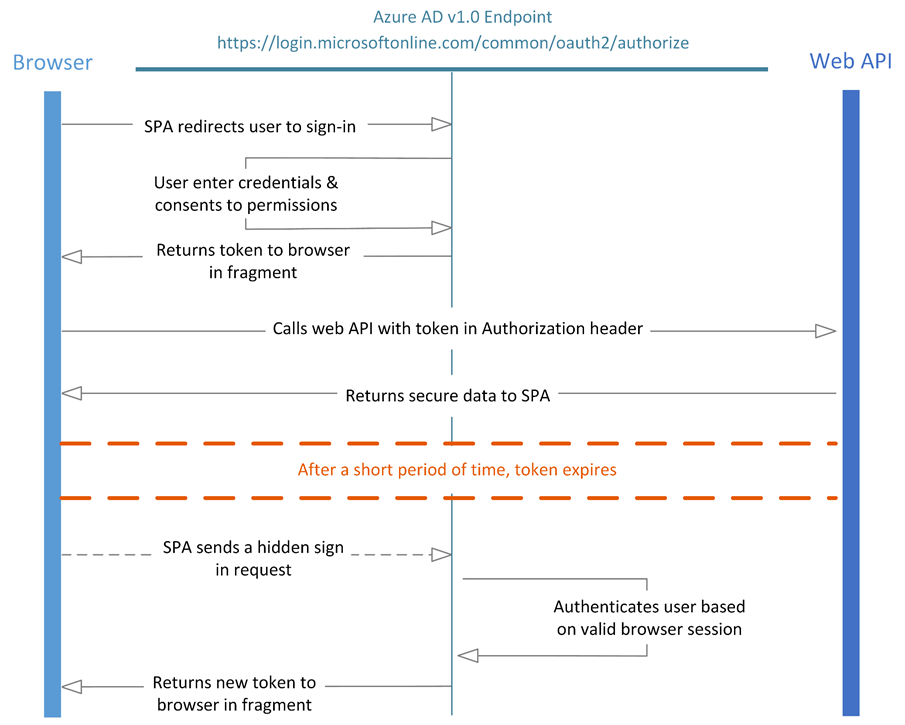
Sending Events from IoT Devices to Azure IoT Hub using HTTPS and REST
Overview
Different IoT Devices have different capabilities. Whether it is a Micro-controller or Single Board Computer your options will vary. In this post I detailed using MQTT to send messages from an IoT Device to an Azure IoT Hub as well as using the AzureIoT PowerShell Module.
For a current project I needed to send the events from an IoT Device that runs Linux and had Python support. The Azure IoT Hub includes an HTTPS REST endpoint.… [Keep reading] “Sending Events from IoT Devices to Azure IoT Hub using HTTPS and REST”





